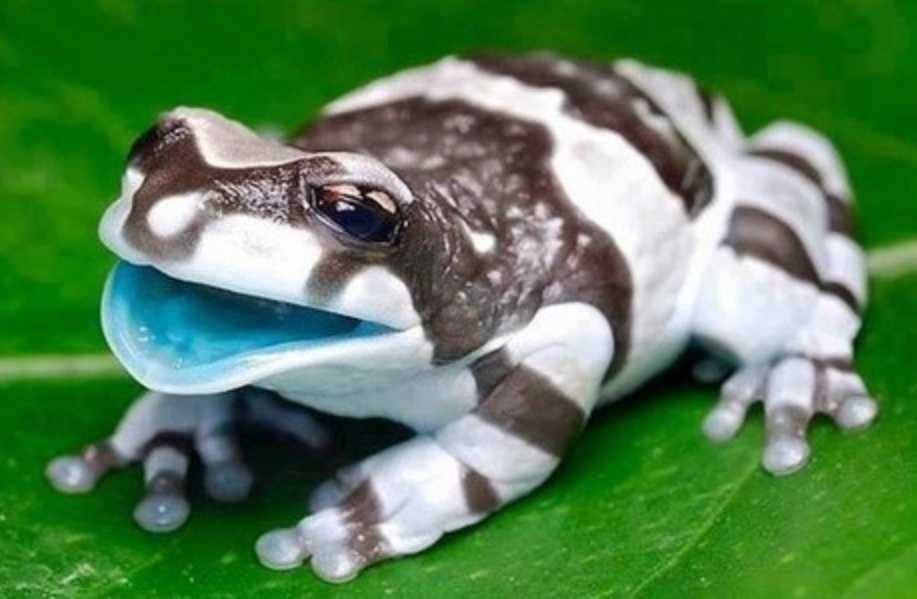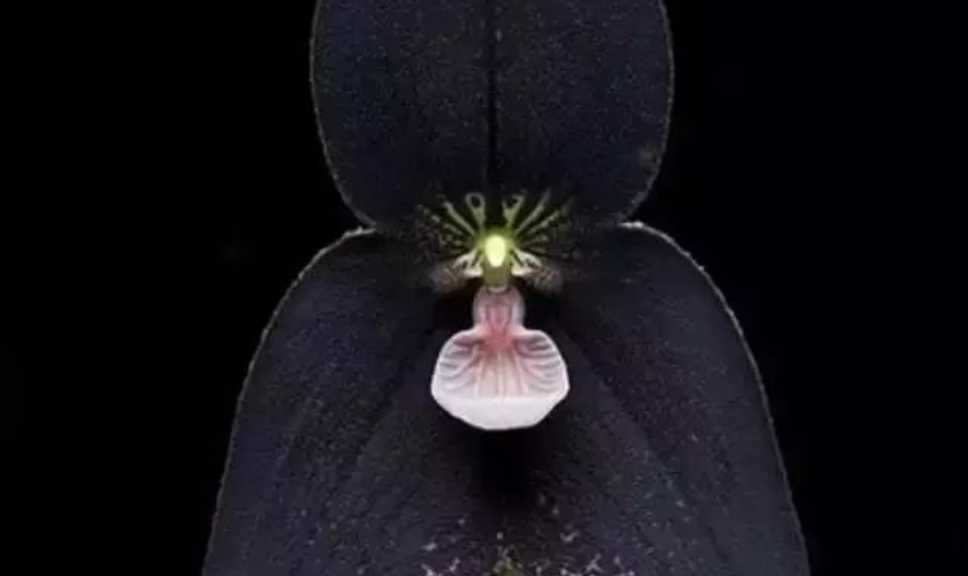Search for information
The Yeti Crab: Deep-Sea Marvel with Hairy Pincers and a Chemosynthetic LifestyleDiscovered in 2005 near hydrothermal vents off Easter Island, the yeti crab (Kiwa hirsuta) is a crustacean unlike any other—renowned for its fuzzy, blond "hair" covering its pincers and body, earning it the nickname "yeti crab." This deep-sea dweller thrives in one of Earth’s most extreme environments, relying on a unique partnership with bacteria for survival.
June 23, 2025, 12:07 pm EDT

Hairy Armor and Adaptations to the Abyss
- Feathery Fibrils for Survival
The crab’s most iconic feature is its dense covering of setae (hair-like structures) on its chelipeds (pincers) and thorax. These fibrils host colonies of chemosynthetic bacteria, which convert toxic hydrogen sulfide from hydrothermal vents into energy—a process called chemosynthesis. The crab "farms" these bacteria by waving its pincers in vent plumes, providing them with nutrients while feeding on their byproducts. - Blind but Sensitive
Lacking functional eyes in the pitch-black depths, it navigates using sensory hairs that detect temperature, chemical gradients, and water movement. Its white exoskeleton reflects the faint light from vent fluids, while a stocky body (reaching 15 cm in length) withstands the crushing pressures of 2,200 meters below sea level.
Life in the Vent Ecosystem
- Reproduction and Behavior
Females carry fertilized eggs attached to their abdominal pleopods, protecting them in the toxic vent environment. Mating rituals remain unknown, but researchers suspect they communicate via chemical signals. Unlike many deep-sea creatures, yeti crabs are active crawlers, moving between vent fields to find optimal bacterial growth conditions. - Ecological Niche
As primary consumers in vent ecosystems, they recycle nutrients and serve as prey for larger deep-sea animals like octopuses and fish. Their presence indicates the health of hydrothermal vent communities, which rely on chemosynthesis rather than photosynthesis as an energy base.
Scientific Significance and Conservation Concerns
- Frontiers of Deep-Sea Biology
The yeti crab’s discovery revolutionized understanding of life in extreme environments. Its bacterial symbiosis offers clues to early life on Earth and potential extraterrestrial life on ocean worlds like Jupiter’s moon Europa. Genetic studies show it belongs to a unique family (Kiwaidae), diverging from other crabs millions of years ago. - Threats from Deep-Sea Mining
While currently listed as "Data Deficient" by the IUCN, yeti crabs face emerging risks from deep-sea mining operations, which could destroy hydrothermal vent habitats. Their specialized lifestyle makes them highly vulnerable to habitat loss, as they cannot survive outside vent ecosystems.

The Mesmerizing and Graceful Drooping Lily: A Floral Delight
In the diverse world of flora, the Drooping Lily, also known as Hibiscus schizopetalus, stands out as a captivating and exotic plant that has charmed gardeners and nature enthusiasts alike.more

Tank 400 Hi4-T: The Epitome of Hardcore Off-Roading
The Tank 400 Hi4-T redefines what it means to be a rugged off - road vehicle. With its striking mecha - inspired exterior, the vehicle commands attention. Sharp, horizontal lines dominate the front, giving it an unapologetically tough look. The polygonal air intakes, paired with bold headlight clusters and a robust bumper, create a chiseled facade that screams strength and readiness for adventure.more

"28 Years Later" Unveils New Poster, with the Film Premiering in the US on June 20th
The highly - anticipated sequel to the classic zombie - horror film "28 Days Later", titled "28 Years Later", has recently released a new poster. In the movie, survivors of the viral holocaust have established new settlements far from the cities.more

Crafted to celebrate Lamborghini’s 50th anniversary in 2013, the Veneno isn’t just a supercar—it’s a rolling work of art limited to a mere 12 units, each embodying the brand’s audacious spirit and aeronautical design philosophy. More akin to a street-legal fighter jet than a conventional road car, the Veneno redefined automotive extremism with its brutal performance and avant-garde aesthetics.more

The Amazon Milk Tree Frog: Nature’s Vibrant Green Amphibian with a Milky Defense
Native to the rainforests of northern South America, the Amazon milk tree frog (Trachycephalus resinifictrix) is a striking amphibian renowned for its vivid coloration and unique defensive adaptation. Found in the canopy of tropical forests from Venezuela to Brazil, this arboreal frog has captivated herpetologists with its bold appearance and the milky-white toxin it secretes when threatened.more

Intriguing Dracula Orchids: Nature's Bizarre and Beautiful Creations
Dracula orchids, belonging to the orchidaceae family, are a fascinating group of plants that have captivated the attention of botanists and plant enthusiasts alike. These unique orchids are native to the Americas, with a significant concentration found in Ecuador and Colombia.more

Cadillac Optiq: A New Addition to the Luxury EV Market
In the competitive landscape of the new energy vehicle market, traditional automakers are also continuously launching new models. Cadillac, in particular, is pacing ahead of other luxury brands. Following the Lyriq, Escalade IQ, and Celestiq, the Optiq, the smallest electric SUV in the family, continues the "IQ" naming convention.more


